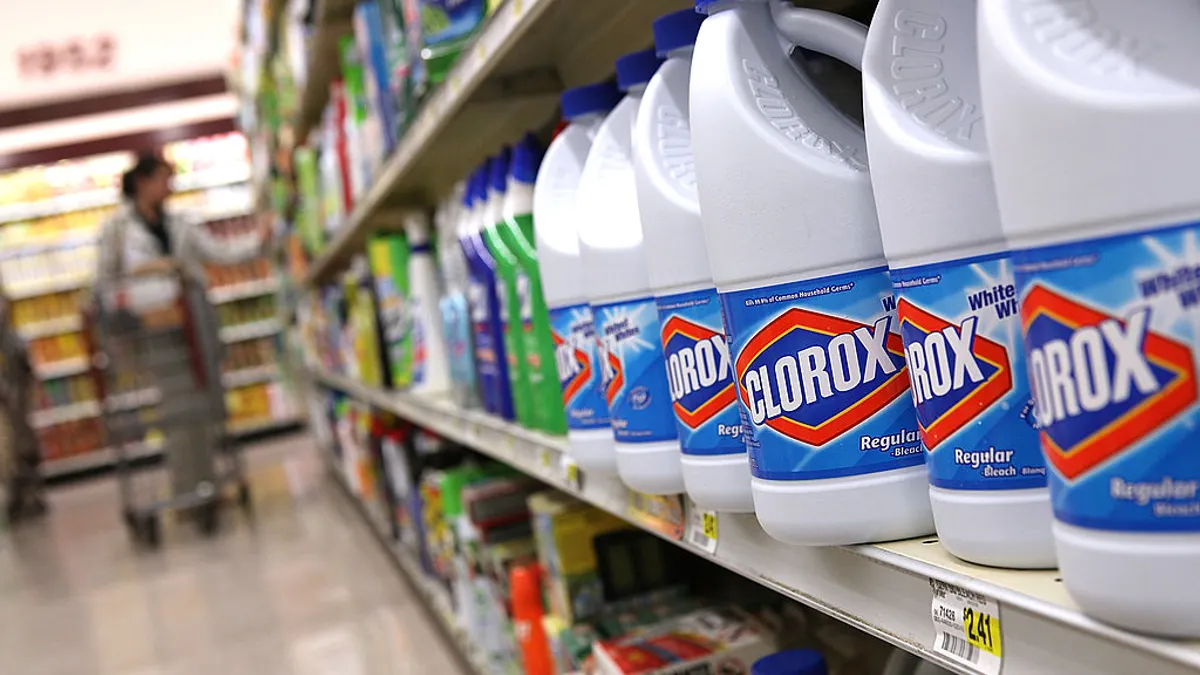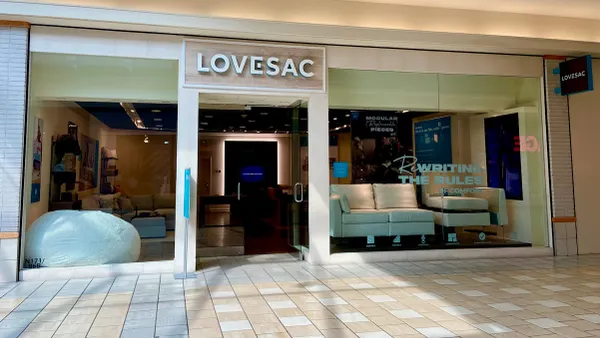Dive Brief:
- Clorox is considering sourcing and product formulation changes to offset a $100 million tariff impact on the next fiscal year, starting in July, CFO Luc Bellet said during a May 5 earnings call.
- Clorox’s exposure to tariffs is limited because the company manufactures products close to where they are sold, Bellet said. Therefore, while the financial impact is “fairly material,” the company believes it can offset it over time.
- “Now, obviously, we already started working on mitigations and working at a broad set of levels,” Bellet said. “We're looking at changing sourcing. … We're looking at potential reformulations.”
Dive Insight:
Clorox’s tariff response differs from that of its peer, Procter & Gamble, which decided to delay changes to its supply chain until there is certainty about how the Trump administration will impose the levies. Colgate-Palmolive, another consumer products manufacturer, has mitigated the impact of tariffs by reducing imports from China, which faced duties of 145% until a 90-day pause took effect Wednesday.
Clorox’s tariff exposure extends to raw materials, finished goods and packaging, Bellet said. Some of the imports come from Canada and Mexico, but “it’s relatively small,” Bellet said. “I think what we shared is about single digits of our total cost.”
Tariff-induced uncertainty has prompted Clorox and its retail partners to store surplus inventory, helping to mitigate potential higher prices from future imports.
“But they feel very strongly, as do we, that we hold excess inventory across the supply chain to ensure if there are any little bumps that we can cover them,” CEO Linda Rendle said on the call. “So they remain committed to that, as do we.”
Economic uncertainty brought on by the tariffs has affected how consumers use the products they purchase, Rendle said.
"We're seeing they're using every last bit of what they have at home, and what they're trying to do is prioritize the purchases they need to prioritize given the environment that's going on externally," she said.
This story was first published in our Procurement Weekly newsletter. Sign up here.















